Montessori Toys
Montessori Wooden Blocks: Building Foundations for Child Development
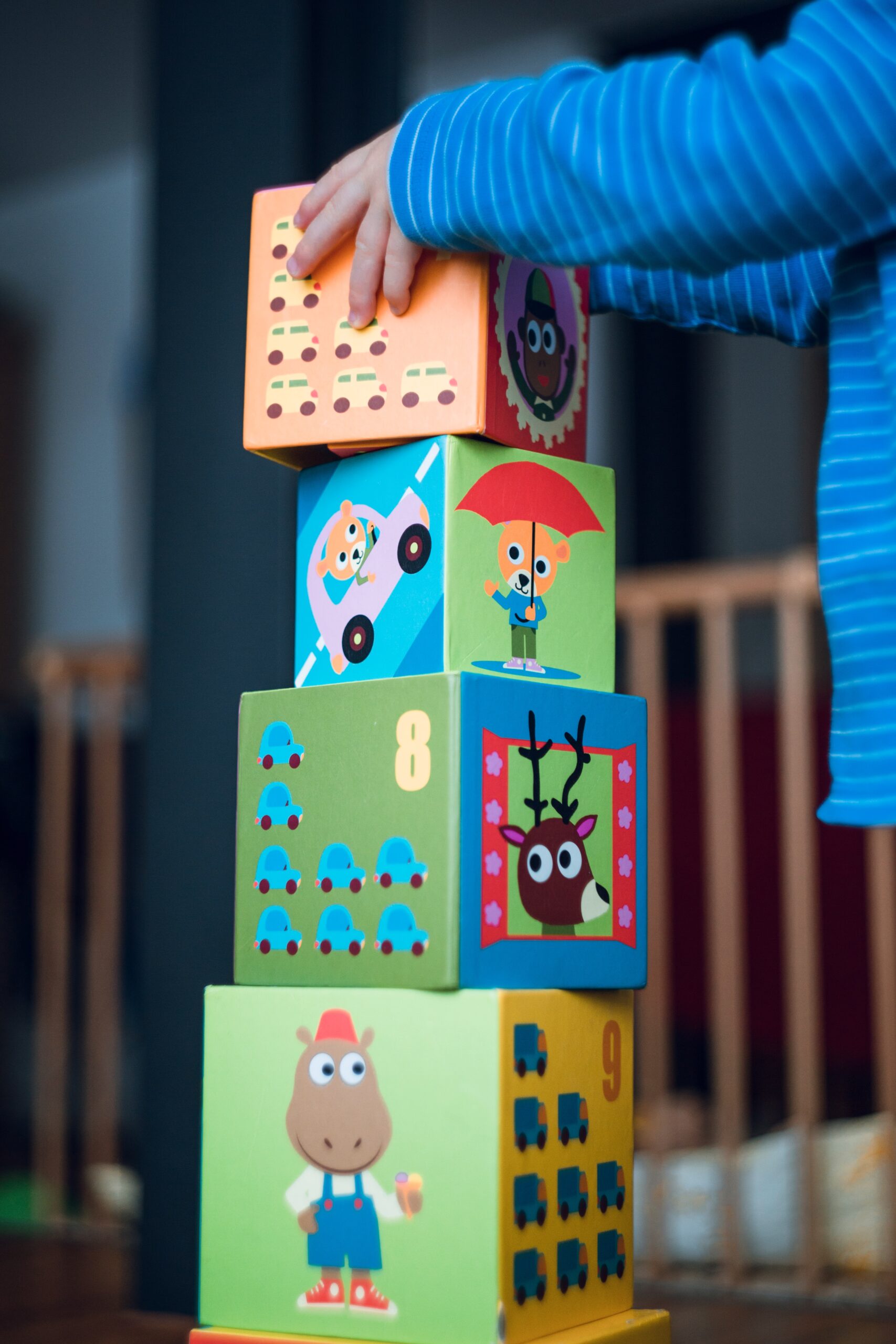
As a parent, I understand the importance of providing my child with the best tools for their development.
That’s why I’m excited to share with you the wonders of Montessori wooden blocks. These blocks are not just ordinary toys; they are building foundations for your child’s growth.
From promoting spatial awareness to enhancing hand-eye coordination, these blocks offer a myriad of benefits.
So, join me as we explore how Montessori wooden blocks can shape your child’s cognitive and critical thinking skills.
Key Takeaways
- Montessori wooden blocks promote spatial awareness, hand-eye coordination, fine motor skills, and introduce STEM concepts.
- Montessori-specific wooden blocks encourage cognitive development, creativity, imaginative play, spatial awareness, and problem-solving.
- Specific wooden block sets like the Pink Tower, Brown Stairs, Knobbed Cylinder Blocks, and Red Rods teach size, dimension, visual discrimination, perception, and length concepts.
- When choosing wooden blocks, it is important to consider the child’s age and skill level, provide age-appropriate and skill-appropriate blocks, and encourage creativity and problem-solving skills.
The Importance of Montessori Wooden Blocks in Child Development
I believe that Montessori wooden blocks play a crucial role in a child’s development. They promote spatial awareness, enhance hand-eye coordination, and develop fine motor skills.
Research has shown that playing with wooden blocks can help children understand spatial relationships and proportions. By manipulating and arranging the blocks, children learn to visualize and comprehend three-dimensional objects. This promotes their spatial awareness and helps them develop skills necessary for activities like puzzles and building structures.
Furthermore, playing with wooden blocks requires children to use their hands and eyes together, improving their hand-eye coordination. This coordination is essential for tasks like writing, drawing, and playing sports.
Lastly, manipulating the blocks helps children refine their fine motor skills, which are necessary for activities like tying shoelaces and using utensils.
Overall, Montessori wooden blocks provide an engaging and effective way for children to develop these important skills.
How Montessori Wooden Blocks Promote Spatial Awareness
Promoting spatial awareness, these blocks help children understand concepts like size, dimension, and relationships between objects.
As a parent, I’ve seen how these blocks have benefited my child’s development in numerous ways. Firstly, they enhance hand-eye coordination, allowing children to accurately position and manipulate the blocks.
Secondly, they develop fine motor skills, as children grasp and stack the blocks.
Thirdly, they introduce STEM concepts, as children experiment with balance, structure, and gravity.
Lastly, they support cognitive and critical thinking skills, as children problem-solve and plan their block creations. Research shows that these blocks aid in the development of spatial awareness, a crucial skill for understanding and navigating the physical world.
Enhancing Hand-Eye Coordination With Montessori Wooden Blocks
By stacking and manipulating these blocks, I improved my hand-eye coordination, enhancing my ability to accurately position objects. Research shows that playing with Montessori wooden blocks allows children to practice their fine motor skills and develop a strong connection between their hands and eyes.
When children pick up a block and place it on top of another, they must coordinate their movements to ensure the block fits properly. This action requires precision and control, which helps strengthen the connection between their hands and eyes.
Additionally, manipulating the blocks in different ways, such as building structures or arranging them in patterns, further enhances hand-eye coordination. As a result, children become more adept at manipulating objects in their environment and develop the skills needed for activities such as handwriting, drawing, and playing sports.
Developing Fine Motor Skills Through Montessori Wooden Blocks
Manipulating the different shapes and sizes of these blocks has helped me develop strong fine motor skills.
The Montessori wooden blocks provide a hands-on learning experience that enhances my ability to control and coordinate my fingers and hands.
Through the use of these blocks, I am able to grasp, stack, and manipulate them with precision and accuracy.
This process requires me to use my small muscles in my hands and fingers, which in turn strengthens my fine motor skills.
As I carefully place each block in its designated position, I am refining my hand-eye coordination and increasing my dexterity.
The repetitive nature of these activities allows me to practice and improve my fine motor skills, setting a solid foundation for future tasks that require fine motor control.
STEM Concepts Introduced in Montessori Wooden Block Play
While using these blocks, I am able to explore STEM concepts such as spatial awareness, problem-solving, and critical thinking skills. Montessori wooden blocks provide a hands-on learning experience that engages children in meaningful play while introducing them to fundamental STEM principles. Through building structures and manipulating the blocks, children develop spatial awareness and learn how to problem-solve by figuring out how different pieces fit together. They also enhance their critical thinking skills as they experiment with different combinations and explore cause-and-effect relationships. Additionally, the use of wooden blocks promotes creativity and imagination, allowing children to think outside the box and come up with innovative solutions. Overall, Montessori wooden blocks offer a valuable platform for children to develop important STEM skills in a fun and engaging way.
| STEM Concepts Introduced in Montessori Wooden Block Play |
|---|
| Spatial Awareness |
| Problem-Solving |
| Critical Thinking Skills |
Cognitive and Critical Thinking Skills Supported by Montessori Wooden Blocks
In my research, I have found that Montessori wooden blocks not only introduce STEM concepts but also support cognitive and critical thinking skills in children. By engaging in block play, children are encouraged to think critically and solve problems. They learn to manipulate the blocks, observe patterns, and make connections.
This type of play enhances their cognitive abilities, such as logical reasoning and spatial awareness. Furthermore, by building structures with the blocks, children develop their creativity and imagination. They learn to think outside the box and come up with innovative solutions.
The use of Montessori wooden blocks in education provides a solid foundation for the development of essential cognitive and critical thinking skills in children, preparing them for future academic success.
Different Types of Wooden Blocks Used in Montessori Education
I’ve discovered that Montessori education utilizes various types of blocks to support children’s cognitive and physical development. These blocks serve different purposes and offer unique learning opportunities.
Montessori-specific blocks are designed to promote cognitive development, encourage creativity and imaginative play, aid in spatial awareness, and enhance fine motor skills.
Specific block sets, such as the Pink Tower, teach size and dimension concepts, refine senses and observation skills, and help children differentiate between various sizes.
The Brown Stairs enhance visual discrimination abilities, improve fine motor skills and hand-eye coordination, and allow children to construct structures.
Knobbed Cylinder Blocks develop senses and perception, bring order to surroundings, and enhance visual discrimination skills.
Lastly, the Red Rods help children master visual discrimination skills, understand dimension and size concepts, and recognize patterns and relationships between lengths.
It’s important to choose age-appropriate and skill-appropriate blocks that encourage creativity and problem-solving skills.
Cognitive Development Promoted by Montessori-Specific Blocks
Using Montessori-specific blocks has helped me promote my child’s cognitive development by encouraging critical thinking skills and fostering their imagination.
Montessori blocks are designed to support cognitive development in children by providing them with hands-on learning experiences. These blocks promote problem-solving skills, spatial awareness, and logical thinking.
By manipulating the blocks and building structures, children are able to develop their cognitive abilities and enhance their understanding of concepts such as size, shape, and dimension.
The use of Montessori-specific blocks also encourages creativity and imagination, as children have the freedom to explore and create their own designs.
This type of play-based learning has been proven to be effective in promoting cognitive development in children.
Encouraging Creativity and Imaginative Play With Wooden Blocks
By encouraging creativity and imaginative play, I have witnessed firsthand how children can explore endless possibilities and unleash their imagination with the help of Montessori wooden blocks. These versatile and inspiring toys offer numerous benefits for children’s development.
-
Promotes problem-solving skills: When children engage in imaginative play with wooden blocks, they are constantly faced with challenges and obstacles that require them to think creatively and find solutions.
-
Fosters social skills: Building structures with wooden blocks encourages collaboration and cooperation among children. They learn to communicate, negotiate, and share ideas, fostering their social skills.
-
Develops storytelling abilities: Wooden blocks can be transformed into various objects and settings, allowing children to create their own narratives. This helps develop their storytelling abilities and boosts their language skills.
Spatial Awareness and Problem-Solving Skills Enhanced With Wooden Blocks
Through engaging with wooden blocks, I have witnessed firsthand how children can develop their spatial awareness and problem-solving skills.
Studies have shown that playing with blocks can improve a child’s ability to understand and manipulate objects in space. By stacking and arranging blocks, children learn about concepts like size, shape, and dimension. They also develop problem-solving skills as they figure out how to balance and build structures.
Additionally, research has found that block play can enhance cognitive abilities, such as critical thinking and spatial reasoning. It is fascinating to observe how children use their imagination and creativity to build unique structures and solve challenges presented by the blocks.
Overall, wooden blocks provide a valuable learning experience that supports children’s cognitive development and problem-solving abilities.
Exploring Specific Wooden Block Sets in Montessori Education
When I engage children with the specific wooden block sets in Montessori education, I am amazed at how they develop their spatial awareness and problem-solving skills. The Montessori approach utilizes various wooden block sets that are designed to enhance children’s learning and development. These block sets offer a range of benefits, such as promoting cognitive development, encouraging creativity and imaginative play, aiding in spatial awareness and problem-solving, and enhancing fine motor skills.
Some examples of specific wooden block sets used in Montessori education include the Pink Tower, which teaches size and dimension concepts, the Brown Stairs, which enhance visual discrimination abilities, the Knobbed Cylinder Blocks, which develop senses and perception, and the Red Rods, which master visual discrimination skills. Each of these block sets provides unique learning opportunities for children to explore and grow their skills.
The Benefits of the Pink Tower in Montessori Education
Using the Pink Tower in my Montessori classroom, I witness how children develop their understanding of size and dimension concepts through hands-on exploration.
The Pink Tower consists of ten wooden blocks, progressively smaller in size. By manipulating these blocks, children learn to differentiate between various sizes and grasp concepts like big and small, tall and short, narrow and wide.
This activity refines their senses and observation skills. Research shows that the Pink Tower also helps in developing visual discrimination abilities and improving fine motor skills and hand-eye coordination.
Children can arrange the blocks in various ways, stimulating their creativity and problem-solving skills. Through the Pink Tower, children not only learn about size and dimension but also develop important cognitive and critical thinking skills, making it an essential tool in Montessori education.
Enhancing Visual Discrimination With the Brown Stairs
As an educator, I have observed how the Brown Stairs enhance visual discrimination skills and improve fine motor coordination in children.
The Brown Stairs are a set of ten blocks with different heights that can be arranged in various ways. Children manipulate these blocks to construct structures, which helps them develop their visual discrimination abilities.
By comparing and differentiating the heights of the blocks, children learn to recognize patterns and relationships. This activity also improves their fine motor skills and hand-eye coordination as they carefully handle and manipulate the blocks.
Research has shown that enhancing visual discrimination skills at an early age can have a positive impact on a child’s cognitive development. Therefore, incorporating the Brown Stairs into a Montessori education can be beneficial for children’s overall growth and learning.
Developing Senses and Perception With Knobbed Cylinder Blocks
I have witnessed how the knobbed cylinder blocks in Montessori education develop children’s senses and perception. These blocks play a crucial role in enhancing a child’s understanding of size, shape, and spatial relationships. The knobbed cylinder blocks are designed to challenge children’s visual discrimination skills as they stack and arrange the cylinders based on size and shape. This activity not only brings order to their surroundings but also enhances their ability to observe and differentiate between different sizes. The diverse sizes and degrees of difficulty offered by the knobbed cylinder blocks allow children to progressively refine their senses and perception. Through this hands-on experience, children develop a deeper understanding of concepts like big and small, tall and short, and narrow and wide. The following table illustrates the various sizes and shapes of the knobbed cylinder blocks:
| Knobbed Cylinder Blocks |
|---|
| Small |
| Medium |
| Large |
| Extra Large |
Mastering Visual Discrimination Skills With the Red Rods
Comparing and observing different lengths, the red rods in Montessori education help me master visual discrimination skills. The red rods consist of ten wooden rods with different lengths, allowing me to recognize patterns and relationships between lengths. By manipulating the rods, I am able to understand dimension and size concepts.
This activity enhances my ability to differentiate between various lengths and develop a sense of proportion. Research shows that mastering visual discrimination skills is crucial for cognitive development and critical thinking. It also lays the foundation for future mathematical concepts such as measurement and comparison.
Through the use of the red rods, Montessori education provides a hands-on, engaging way to strengthen my visual discrimination skills and foster a deeper understanding of the world around me.
Frequently Asked Questions
How Do Montessori Wooden Blocks Promote Practical Life Skills in Children?
Montessori wooden blocks promote practical life skills in children. They foster independence, fine motor skills, and organization. Through hands-on play and exploration, children learn to manipulate and arrange the blocks. This helps them develop coordination and problem-solving abilities.
In addition, children learn responsibility as they engage in purposeful tasks. These tasks include building structures and organizing the blocks. The skills they learn with the blocks transfer to real-life situations. As a result, children become more self-confident and capable in their daily lives.
What Are Some Age-Appropriate and Skill-Appropriate Wooden Blocks for Children?
Age-appropriate and skill-appropriate wooden blocks for children vary depending on their developmental stage.
For younger children, larger blocks with different shapes, sizes, and colors can foster creativity and problem-solving skills.
As children grow, smaller blocks can be introduced to challenge their fine motor skills and spatial awareness.
Montessori-specific blocks, such as the Pink Tower, Brown Stairs, Knobbed Cylinder Blocks, and Red Rods, are designed to promote cognitive development, enhance visual discrimination abilities, and teach concepts like size and dimension.
How Can Montessori Wooden Blocks Enhance Children’s Independence and Self-Confidence?
Montessori wooden blocks can enhance children’s independence and self-confidence. They provide opportunities for open-ended play and problem-solving. Through building and creating with blocks, children learn to make decisions, take risks, and persevere. They gain a sense of accomplishment and develop confidence in their abilities.
Additionally, the freedom to explore and manipulate the blocks independently fosters a sense of autonomy and self-reliance. Overall, Montessori wooden blocks empower children and promote their personal growth and development.
What Are Some Examples of Meaningful and Purposeful Tasks That Montessori Wooden Blocks Can Engage Children In?
Montessori wooden blocks can engage children in a variety of meaningful and purposeful tasks.
For example, they can use the blocks to build structures, which promotes creativity and problem-solving skills.
They can also use the blocks to practice counting and sorting, enhancing their math skills.
Additionally, children can use the blocks to create patterns and designs, fostering their artistic abilities.
Overall, Montessori wooden blocks provide children with hands-on learning experiences that are both fun and educational.
How Do Montessori Wooden Blocks Teach Responsibility and Organization to Children?
Montessori wooden blocks teach responsibility and organization to children by providing them with opportunities for independent play and exploration. By engaging with the blocks, children learn to take responsibility for their own learning and the organization of their play space.
They are encouraged to clean up after themselves and put the blocks back in their designated places. This fosters a sense of order and responsibility, helping children develop important life skills that they can carry into other aspects of their lives.
Avery brings the magic of words to life at Toddler Ride On Toys. As a dedicated writer, she combines her love for writing with her fascination for child development to craft articles that resonate with our audience. With a background in journalism and a knack for storytelling, Avery’s pieces inform, engage, and inspire parents and caregivers.
Montessori Toys
3 Best Safe Non-Toxic Materials for Children’s Toys

Our research has identified the top three materials for children’s toys that are safe and free from toxins.
Wood, organic cotton, and BPA-free plastic are the best choices for parents who want to ensure the safety of their little ones.
These materials are not only free from harmful chemicals, but they are also durable and eco-friendly.
In this article, we will delve into the benefits of each material and provide recommendations for the best toys made from them.
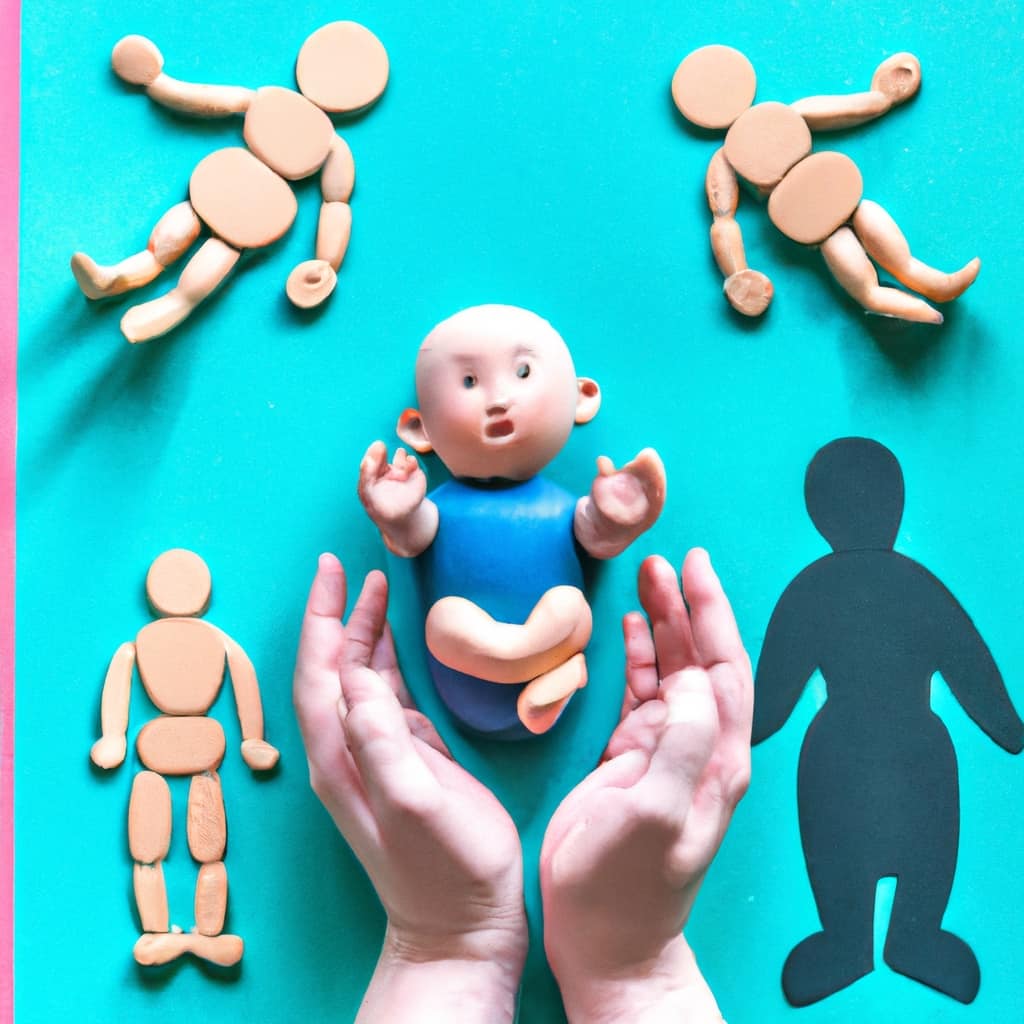
Key Takeaways
- Wood is a durable and long-lasting material, making it a safe and non-toxic option for children’s toys.
- Organic cotton is a gentle and hypoallergenic material that promotes a healthier environment and supports fair trade practices.
- BPA-free plastic eliminates the risk of exposure to harmful chemicals and provides peace of mind for parents.
- Toys made from wood and organic cotton have a long lifespan and can be passed down to future generations, making them a sustainable and eco-friendly choice.
Wood
Wood is one of our favorite materials for children’s toys due to its durability and natural beauty. Wooden puzzles and wooden building blocks are classic toys that provide endless hours of entertainment and educational value for children.
Wooden puzzles aren’t only fun to play with, but they also help develop problem-solving and fine motor skills. They come in various shapes and sizes, catering to different age groups.
Wooden building blocks, on the other hand, encourage creativity and imagination. Children can build structures, towers, and even create their own mini worlds using these blocks.
Wood is a safe and non-toxic material, making it ideal for children’s toys. Its sturdy nature ensures that these toys can withstand rough play and last for years, making them a great investment for both parents and caregivers.
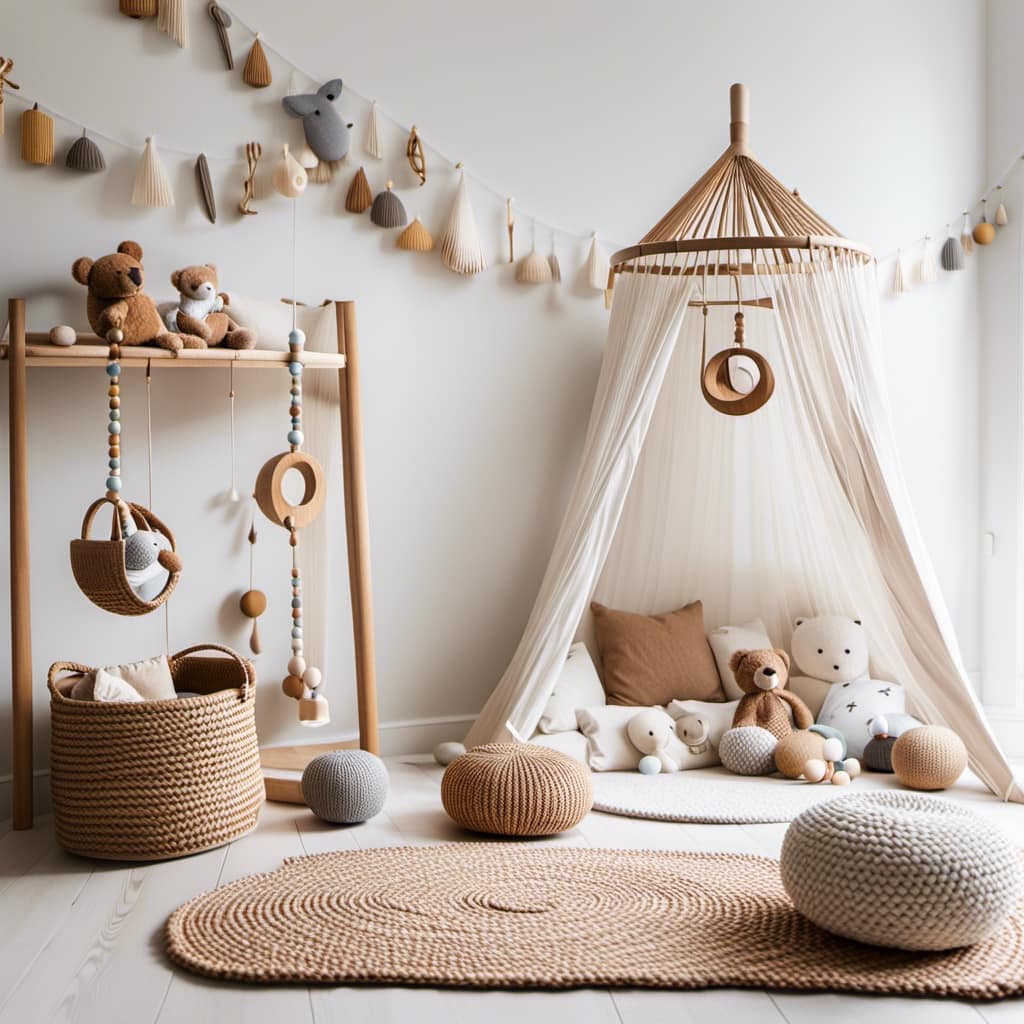
Organic Cotton
Moving on from wood, another excellent safe and non-toxic material for children’s toys is organic cotton. Organic cotton toys offer several benefits for both children and the environment. Here are some key points to consider:
- Chemical-free: Organic cotton is grown without the use of harmful pesticides or synthetic fertilizers, making it a safer option for children to play with.
- Hypoallergenic: Organic cotton is gentle on sensitive skin, making it suitable for children with allergies or sensitivities.
- Sustainable: Organic cotton farming practices promote soil health and biodiversity, reducing the overall impact on the environment.
The impact of organic cotton farming on the environment is significant. By avoiding the use of harmful chemicals, it helps preserve soil quality, reduces water pollution, and protects wildlife. Additionally, organic cotton production supports fair trade practices and ensures a safer working environment for farmers.
Choosing organic cotton toys not only promotes child safety but also contributes to a healthier planet for future generations.
BPA-Free Plastic
One option to consider for safe and non-toxic children’s toys is BPA-free plastic. BPA, or bisphenol A, is a chemical commonly found in plastic products that has been linked to various health risks, especially in children. BPA can leach out of plastic toys and enter the body when children put them in their mouths or handle them extensively.
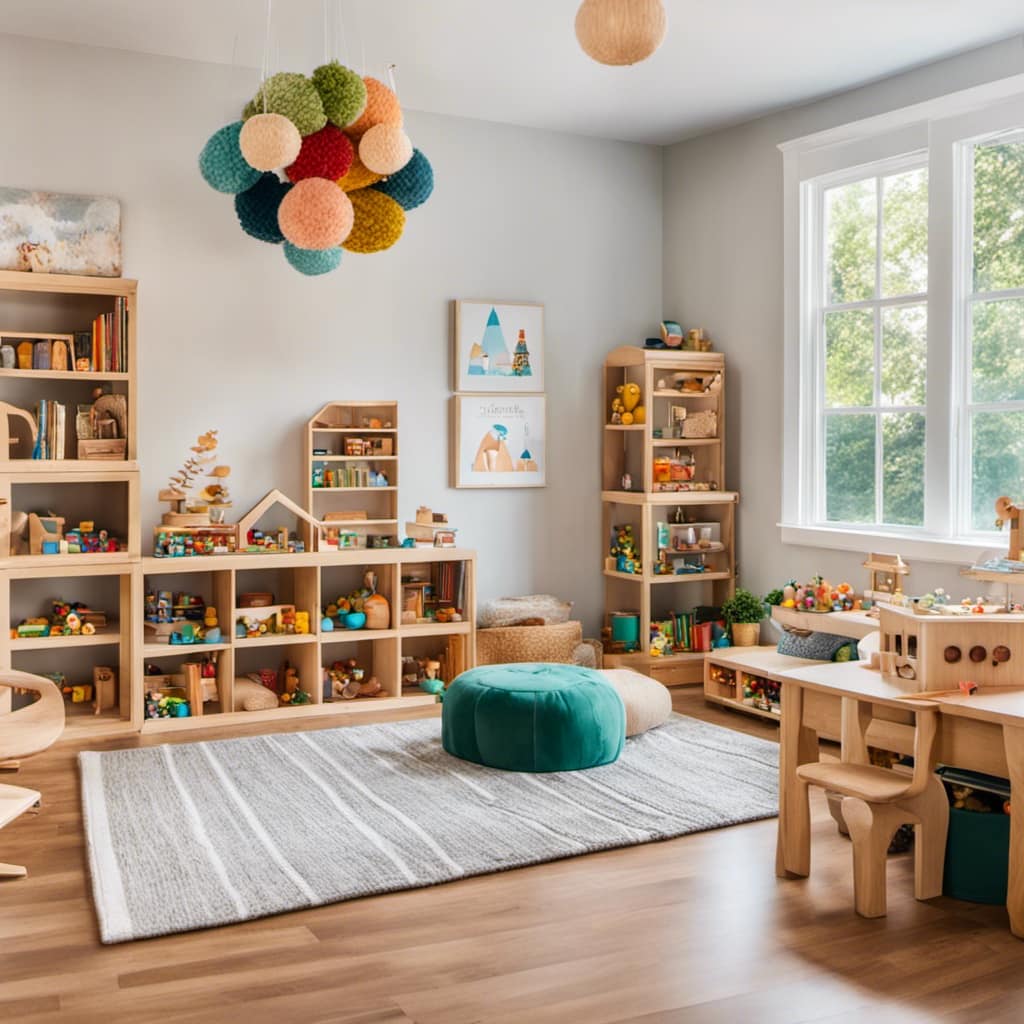
To address these concerns, manufacturers have started producing toys made from BPA-free plastic, which eliminates the risk of exposure to this harmful chemical. These eco-friendly alternatives provide parents with peace of mind, knowing that their children can play with toys that are safe and non-toxic.
When choosing children’s toys, it’s important to prioritize their health and well-being by opting for BPA-free plastic options.
Frequently Asked Questions
Are There Any Specific Safety Standards or Certifications That Parents Should Look for When Purchasing Wooden Toys for Their Children?
When purchasing wooden toys for our children, it’s important to look for safety standards and certifications. Reading labels helps ensure non-toxic materials. Be cautious of toxic finishes or paints that pose potential risks.
Is Organic Cotton Used as a Stuffing Material in Plush Toys Completely Free of Chemicals and Pesticides?
Organic cotton toys: Are they truly chemical free and safe? We’ve got the scoop. Choosing organic cotton for your little ones means you’re opting for a safer, non-toxic playtime experience.
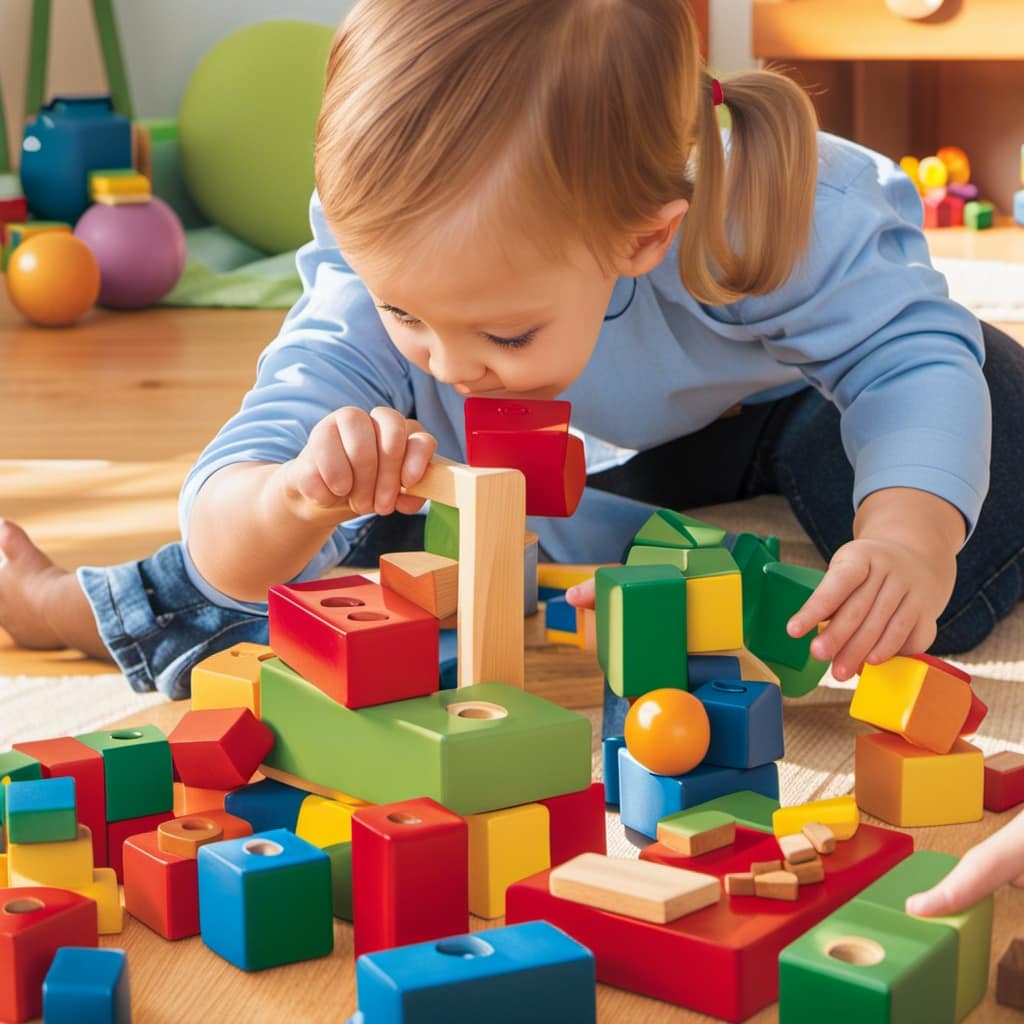
Can Bpa-Free Plastic Toys Still Contain Other Potentially Harmful Chemicals?
Yes, BPA-free plastic toys may still contain other potentially harmful chemicals. To minimize concerns about chemical exposure, consider alternative materials for children’s toys, such as wooden or organic cotton options, which are eco-friendly.
How Can Parents Ensure That the Wooden Toys They Purchase Are Not Treated With Toxic Finishes or Paints?
Parents play a vital role in promoting safe play for their children. Understanding the importance of non-toxic toys is crucial. To ensure wooden toys are safe, research brands that prioritize natural, non-toxic finishes and paints.
Are There Any Potential Health Risks Associated With the Use of Organic Cotton Toys, Such as Allergies or Sensitivities?
There may be potential health risks associated with organic cotton toys, such as allergies or sensitivities. It’s important for parents to be aware and consider any potential reactions when choosing toys for their children.
Conclusion
In conclusion, when it comes to choosing safe and non-toxic materials for children’s toys, nothing beats the timeless charm of wood. Its durability and natural beauty make it a perfect choice for little ones.

Additionally, organic cotton provides a soft and chemical-free option for cuddly toys.
And let’s not forget about BPA-free plastic, which offers a safe and sturdy alternative for certain toys.
With these top three materials, you can ensure that your child’s toys are both fun and safe.
Mila, a gifted writer with a heart brimming with enthusiasm for child development and playful learning, is the creative force behind the enchanting narratives and insightful articles that grace Toddler Ride On Toys. With a background in early childhood education and a genuine passion for nurturing young minds, Mila weaves words that captivate, educate, and inspire parents, caregivers, and educators.
Montessori Toys
Top 5 Quality Producers of Learning Toys

We have searched the market to bring you the top educational toy manufacturers. These five companies excel in creating toys that are educational and engaging for children.
Melissa & Doug, PlanToys, Hape, Grimm’s, and Learning Resources have all earned their spots on our prestigious list. Get ready to discover the finest quality toys that will inspire learning and imagination in your little ones.
Let’s dive into the world of these outstanding producers and explore their exceptional creations.
Key Takeaways
- Melissa & Doug, PlanToys, Hape, Grimm’s, and Learning Resources are the top producers of learning toys.
- These brands prioritize sustainability, using organic materials, non-toxic dyes, and child-safe finishes.
- The learning toys offered by these brands stimulate cognitive, physical, and social skills, as well as creativity and problem-solving abilities.
- Incorporating learning resources in early childhood education enhances problem-solving skills, critical thinking abilities, effective communication, creativity, and independent exploration.
Melissa & Doug
The article discusses the quality of learning toys produced by Melissa & Doug. Melissa & Doug is a renowned brand that offers a wide range of learning toys for early childhood development. These toys provide numerous benefits for children’s learning and development.
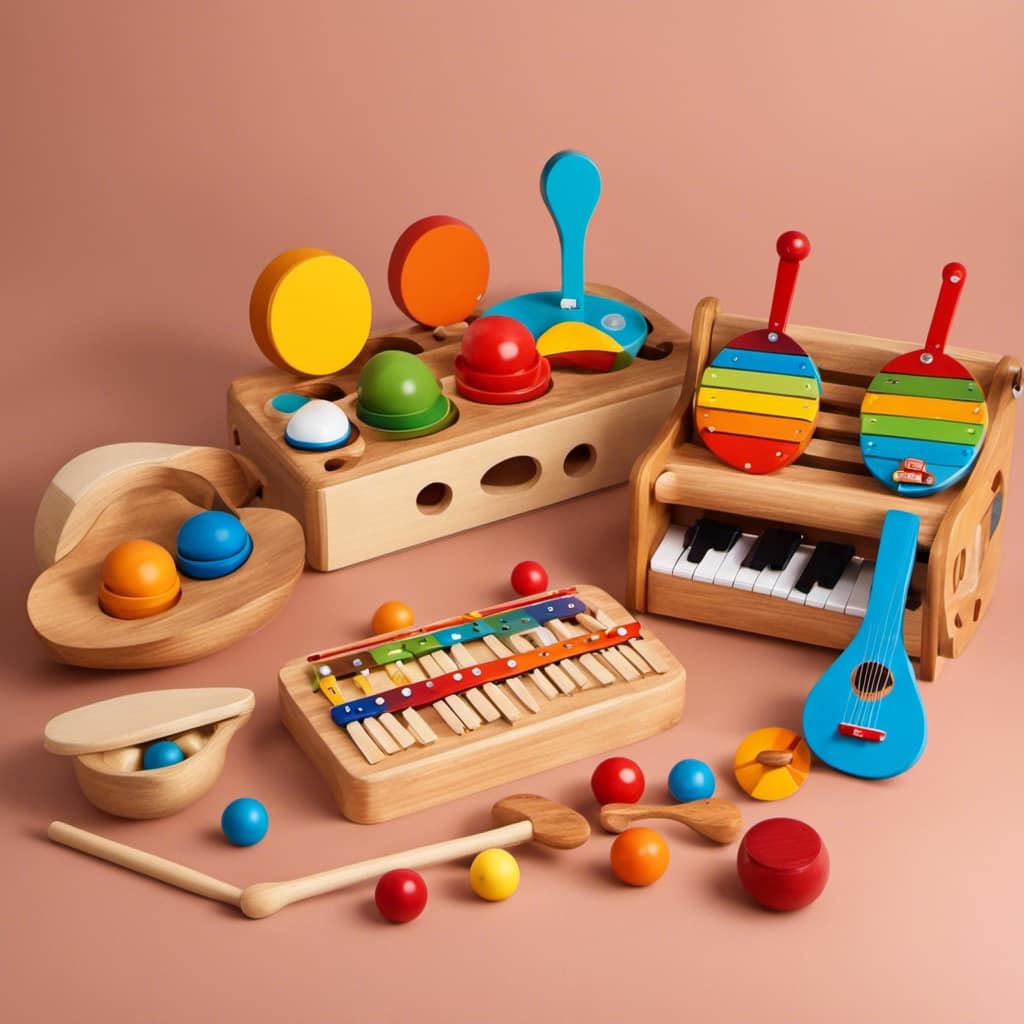
One of the key advantages of Melissa & Doug learning toys is their ability to promote imaginative play. Through imaginative play, children can explore their creativity, problem-solving skills, and social interactions. These toys encourage children to use their imagination, which is crucial for their cognitive and emotional growth.
Melissa & Doug toys are designed to engage children in hands-on activities, allowing them to learn through exploration and play. Transitioning into the subsequent section about plantoys, it’s important to consider the different approaches and features offered by various toy producers.
PlanToys
Introducing PlanToys, a leading producer of learning toys that prioritize sustainability and child development. PlanToys is known for their eco-friendly toys and sustainable play options, making them a top choice for environmentally conscious parents.
PlanToys takes pride in their commitment to using organic materials and non-toxic dyes in their products. They also prioritize sustainable manufacturing practices, ensuring that their toys are made in an environmentally friendly manner.
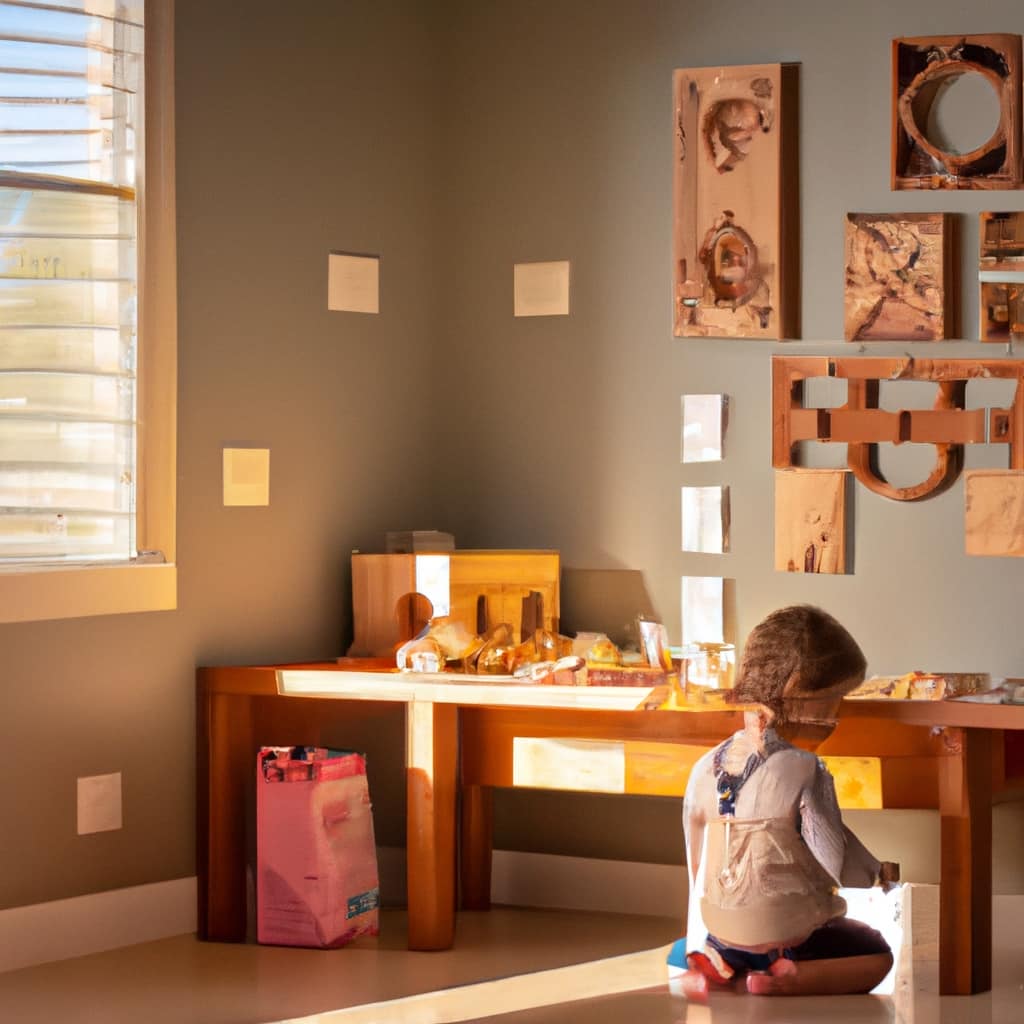
One of the key features of PlanToys is their focus on child development. Their toys are designed to stimulate different aspects of a child’s growth, including cognitive, physical, and social skills. From building blocks to puzzles, PlanToys offers a wide range of options that encourage creativity, problem-solving, and imagination.
With their dedication to sustainability and child development, PlanToys is a brand that not only provides high-quality learning toys, but also contributes to a better future for our planet.
Hape
Continuing our exploration of top quality producers of learning toys, let’s now turn our attention to Hape, a brand that shares a similar commitment to sustainability and child development.
Hape is known for their innovative learning toys that engage children in interactive play while promoting their cognitive, physical, and social development.
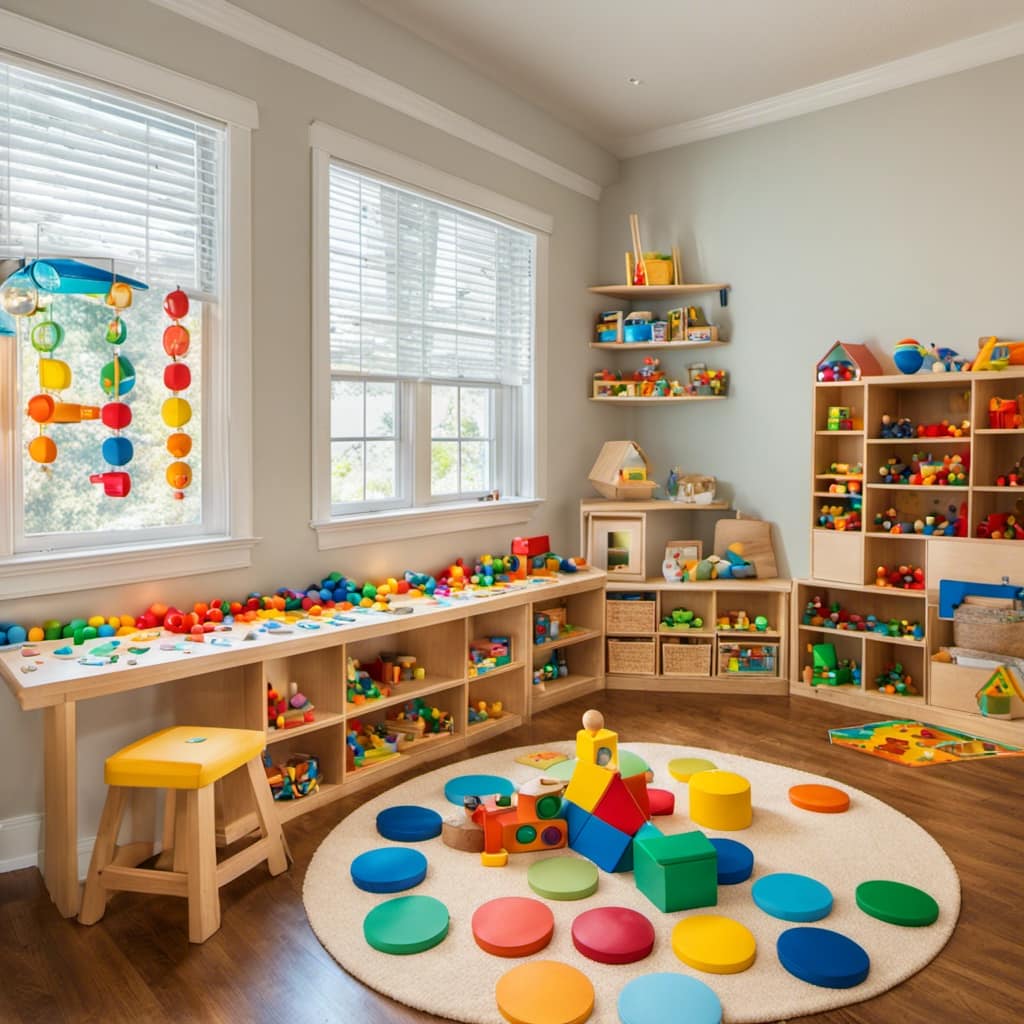
Hape offers a wide range of toys that cater to various age groups and developmental stages. From wooden puzzles and building blocks to musical instruments and pretend play sets, Hape toys provide endless opportunities for children to explore, learn, and grow.
What sets Hape apart is their dedication to using sustainable materials and non-toxic, child-safe finishes. Their toys are designed to withstand years of play, ensuring durability and longevity. Additionally, Hape toys encourage creativity, problem-solving skills, and imaginative play, fostering a well-rounded development in children.
With Hape’s innovative learning toys, children can have fun while acquiring essential skills and knowledge. By investing in Hape toys, parents can provide their children with the tools they need to thrive and succeed.
Grimm’s
Now let’s delve into Grimm’s, another quality producer of learning toys that complements Hape’s commitment to sustainability and child development.
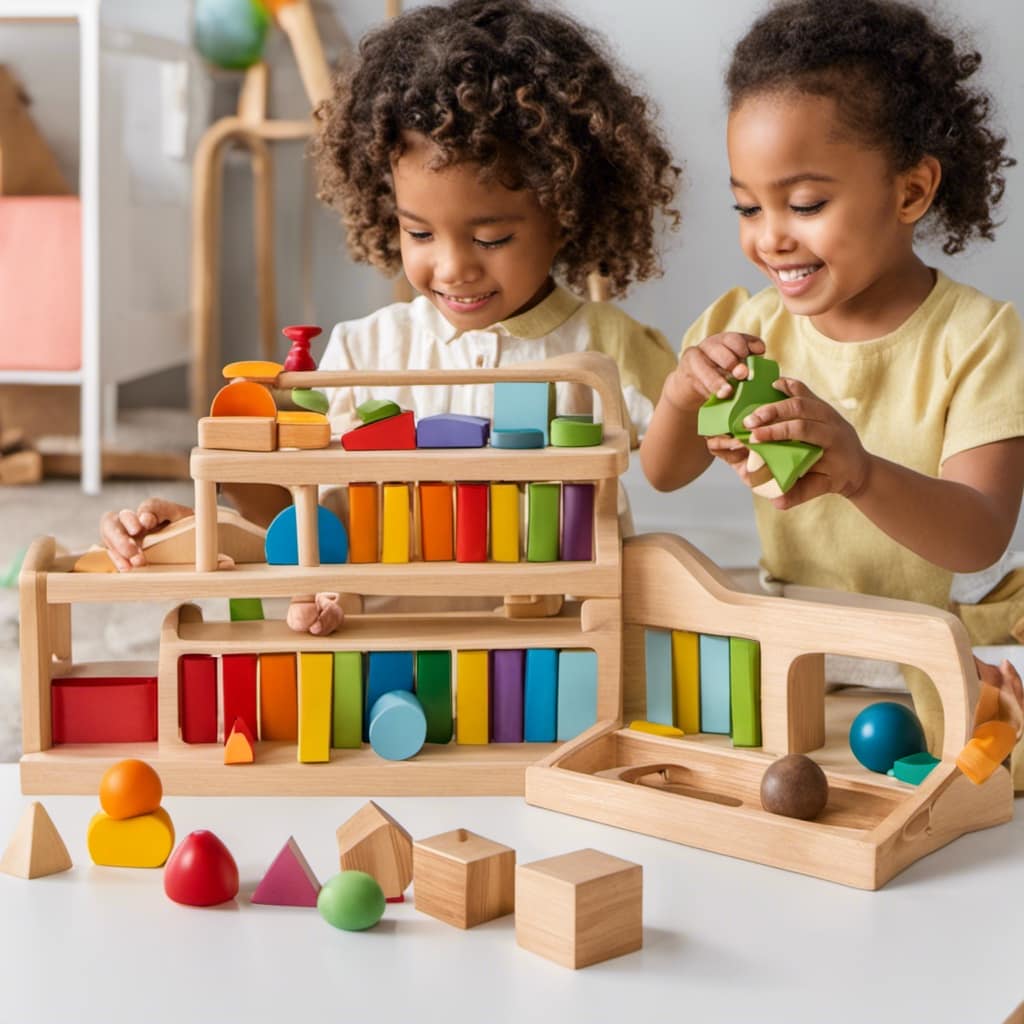
Grimm’s is renowned for their unique wooden toys that promote imaginative play and open-ended learning. Here are some key benefits of Grimm’s toys:
-
Encourages Creativity: Grimm’s toys are designed to inspire children’s creativity and imagination. With their vibrant colors and versatile shapes, children can explore endless possibilities and create their own stories and scenarios.
-
Enhances Problem-Solving Skills: The open-ended nature of Grimm’s toys encourages children to think critically and find solutions to different challenges. Whether it’s building structures or creating intricate patterns, children develop problem-solving skills while having fun.
-
Promotes Fine Motor Skills: Manipulating and arranging the various wooden pieces in Grimm’s toys helps children refine their fine motor skills. From stacking blocks to arranging puzzles, these toys provide hands-on experiences that strengthen hand-eye coordination and dexterity.

-
Sustainable and Eco-Friendly: Grimm’s is committed to sustainability and uses high-quality, natural materials such as wood and non-toxic paints. Their toys are ethically produced, ensuring a safe and eco-friendly playtime experience for children.
Grimm’s toys offer a world of possibilities for children, fostering their development while providing endless hours of engaging play.
Learning Resources
Learning Resources provides a wide range of educational toys and materials designed to enhance children’s learning experiences. Incorporating learning resources in early childhood education offers numerous benefits. These resources help children develop essential skills such as problem-solving, critical thinking, communication, and creativity. They also promote cognitive development, improve fine motor skills, and enhance hand-eye coordination. By engaging with learning toys, children are encouraged to explore, experiment, and discover new concepts independently.
Choosing the right learning toys for your child’s development is crucial. Consider their age, interests, and developmental stage. Look for toys that are age-appropriate and align with their learning goals. Consider toys that encourage imaginative play, promote sensory exploration, and offer hands-on learning experiences. Look for toys that are durable, safe, and made from high-quality materials.
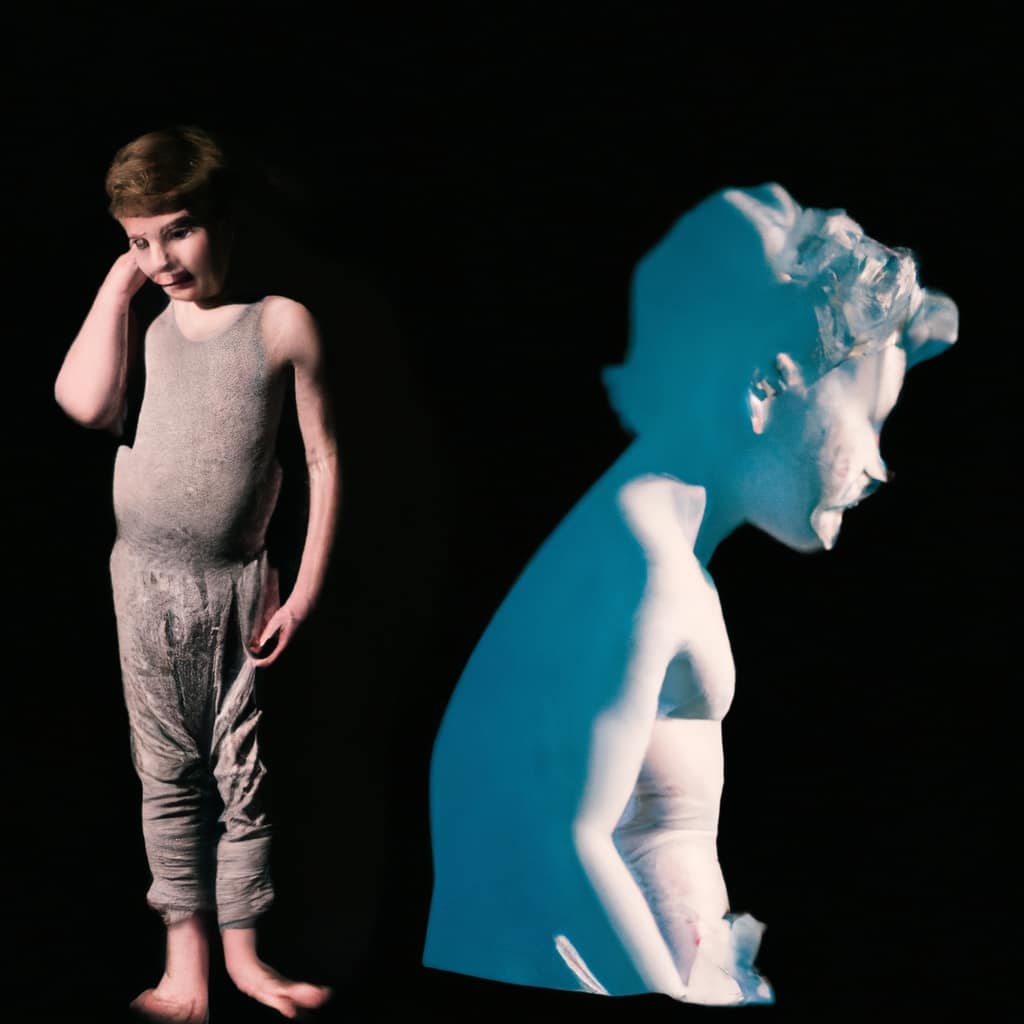
Additionally, involve your child in the decision-making process to foster their independence and encourage their engagement with the learning resources.
Frequently Asked Questions
What Are the Specific Age Ranges That Melissa & Doug’s Learning Toys Cater To?
Melissa & Doug’s learning toys cater to specific age ranges, offering advantages for each group. The toys are designed to promote cognitive development, fine motor skills, and creative thinking in toddlers, preschoolers, and elementary school children.
Are Plantoys’ Learning Toys Made From Sustainable Materials?
Yes, PlanToys’ learning toys are made from sustainable materials. Using eco-friendly materials in children’s toys not only benefits the environment but also teaches kids about sustainability and responsible consumption.
Does Hape Offer Any Educational Resources or Guides to Accompany Their Learning Toys?
Incorporating educational resources with learning toys has several benefits. Parents can utilize educational guides to enhance their child’s learning experience with Hape toys by providing additional information, activities, and guidance for interactive and educational play.
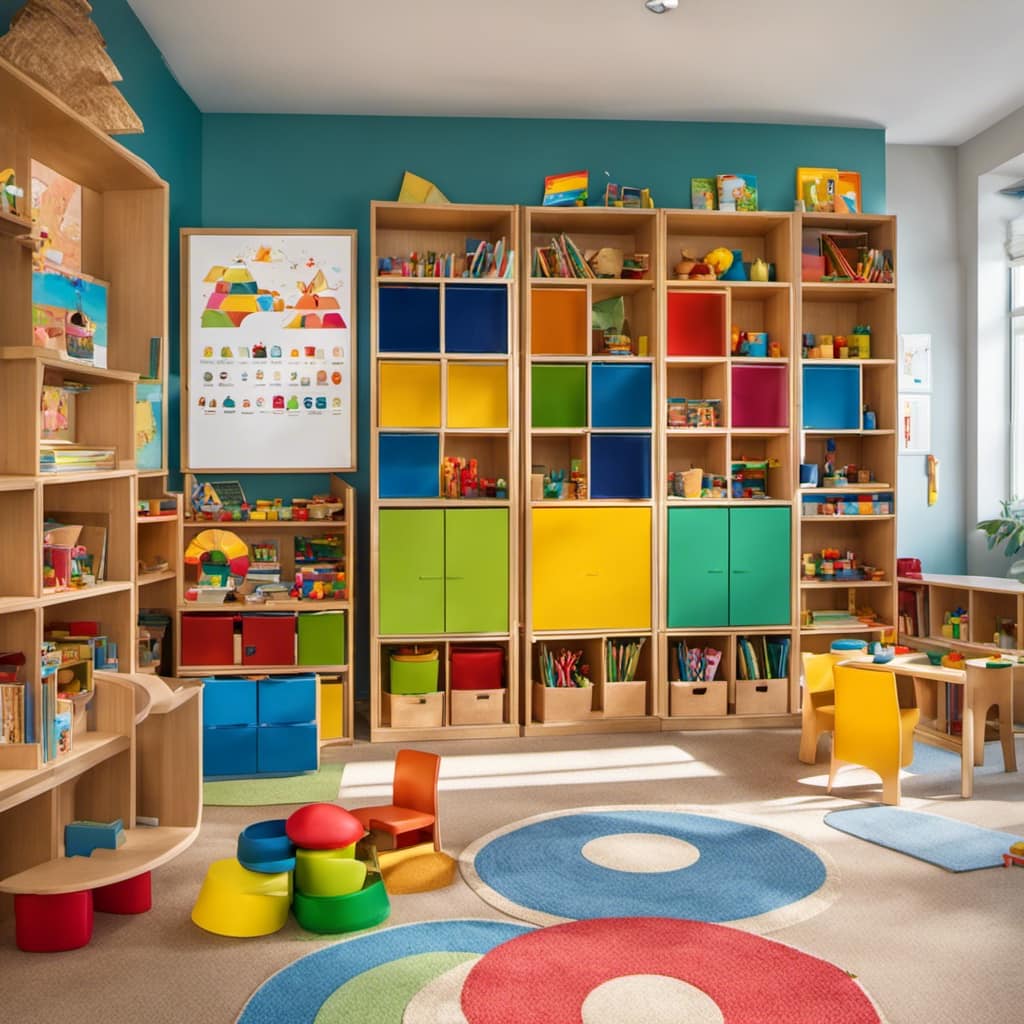
Are Grimm’s Learning Toys Suitable for Children With Special Needs?
Grimm’s learning toys for children with sensory needs can be adapted to suit different abilities. We can explore ways to modify the toys to provide a stimulating and inclusive learning experience for all children.
Can Learning Resources’ Learning Toys Be Used for Homeschooling Purposes?
Using learning toys for homeschooling has both pros and cons. They can enhance educational development by promoting active learning, but may also limit social interaction. Consider the impact on your child’s overall learning experience.
Conclusion
In conclusion, when it comes to quality producers of learning toys, Melissa & Doug, PlanToys, Hape, Grimm’s, and Learning Resources stand out for their commitment to creating educational and engaging products.
These brands offer a wide range of toys that promote cognitive development, creativity, and problem-solving skills in children. With their attention to detail, use of sustainable materials, and innovative designs, these companies have earned their reputation as leaders in the industry.
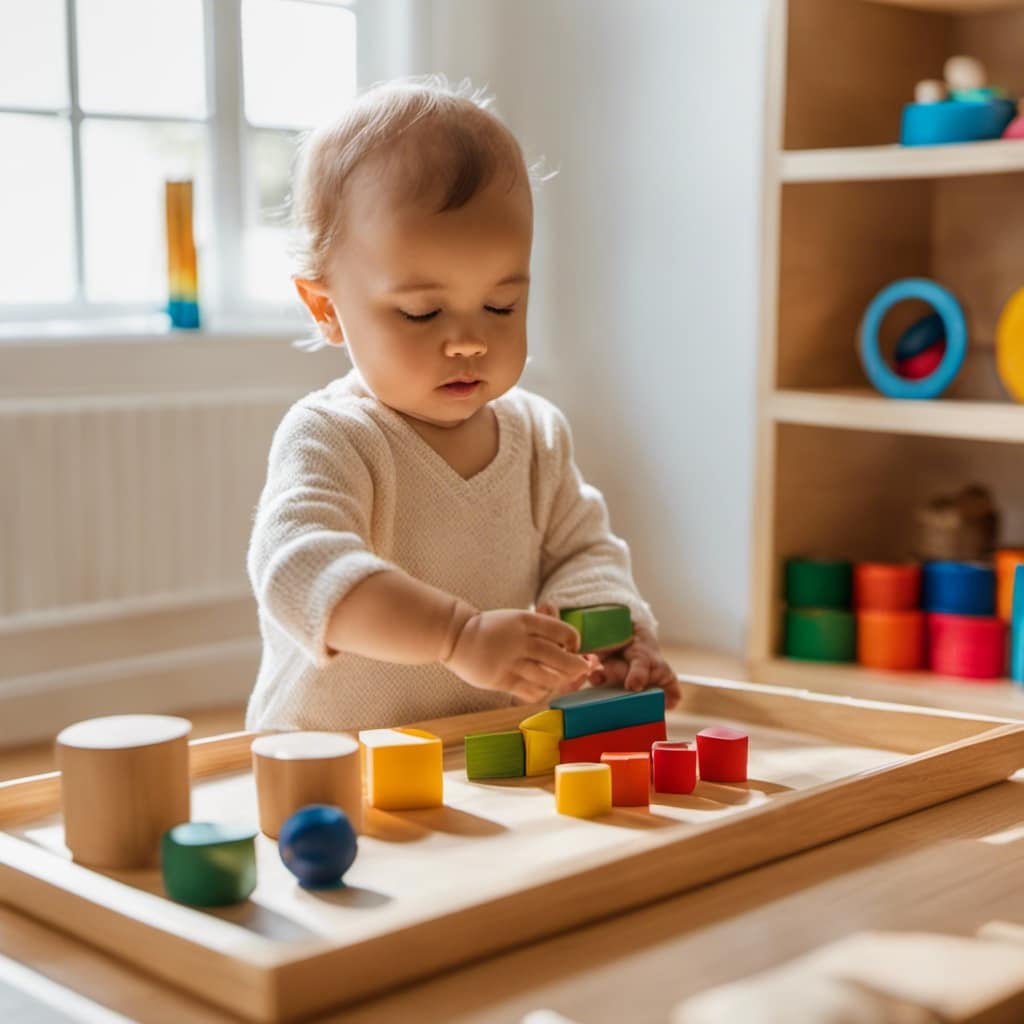
By investing in toys from these producers, parents can ensure that their children receive the best tools for learning and growth.
Mila, a gifted writer with a heart brimming with enthusiasm for child development and playful learning, is the creative force behind the enchanting narratives and insightful articles that grace Toddler Ride On Toys. With a background in early childhood education and a genuine passion for nurturing young minds, Mila weaves words that captivate, educate, and inspire parents, caregivers, and educators.
Montessori Toys
5 Best Economical Options for Kids’ Montessori Toys
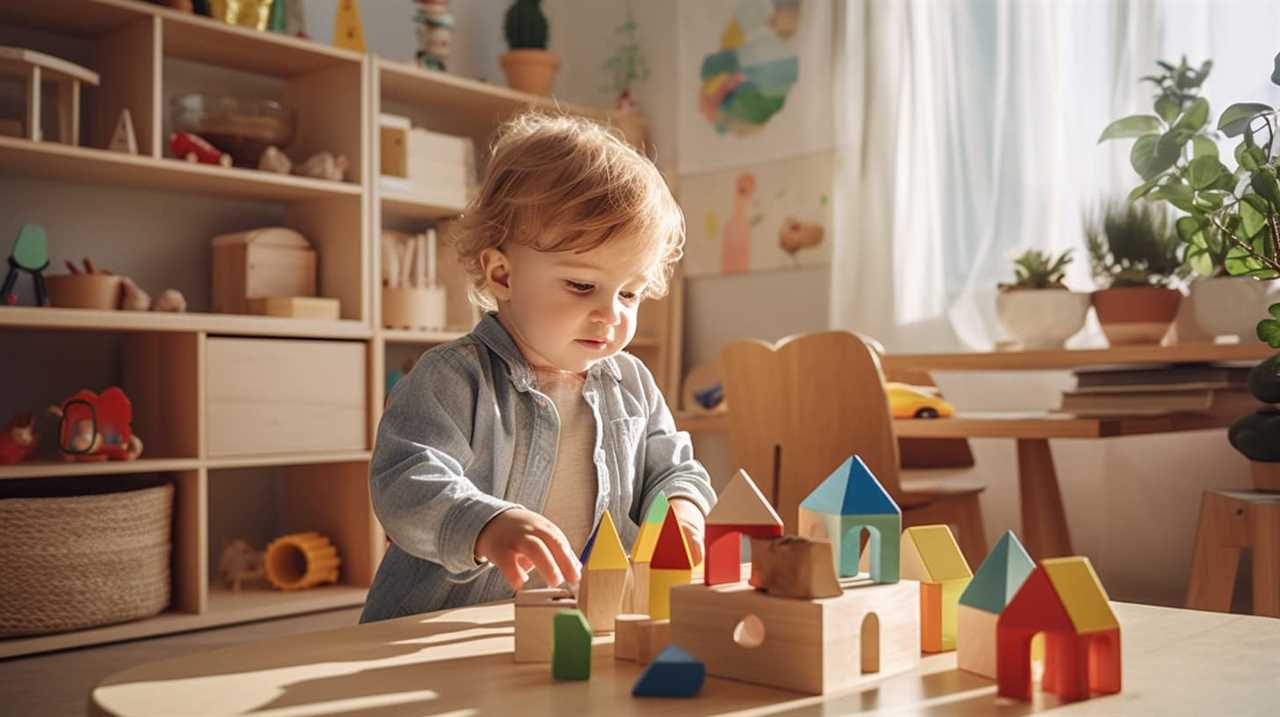
Finding affordable Montessori toys for kids can be a challenge. But fret not! We have put together a list of the top budget-friendly options just for you.
With our expert knowledge and research, we’ve found the top brands that won’t break the bank. Get ready to provide quality educational toys for your little ones without draining your wallet.
Let’s dive in and explore the five best economical options for kids’ Montessori toys.
Key Takeaways
- Materials used in construction, complexity of design, brand reputation, and quality and durability of materials are factors that affect Montessori toy costs.
- Lovevery, Hape, Melissa & Doug, and PlanToys are top affordable Montessori toy brands known for their quality and child-friendly designs.
- To find budget-friendly Montessori toys, consider open-ended toys, DIY options, budget-friendly subscription services, sales and discounts, and second-hand options from online marketplaces and thrift stores.
- Cost-effective DIY Montessori toy ideas include repurposing household items, finding items at thrift stores, DIY projects, and using nature-inspired toys and everyday household objects.
Factors Affecting Montessori Toy Costs
Factors that impact Montessori toy costs include materials, complexity, and brand reputation.
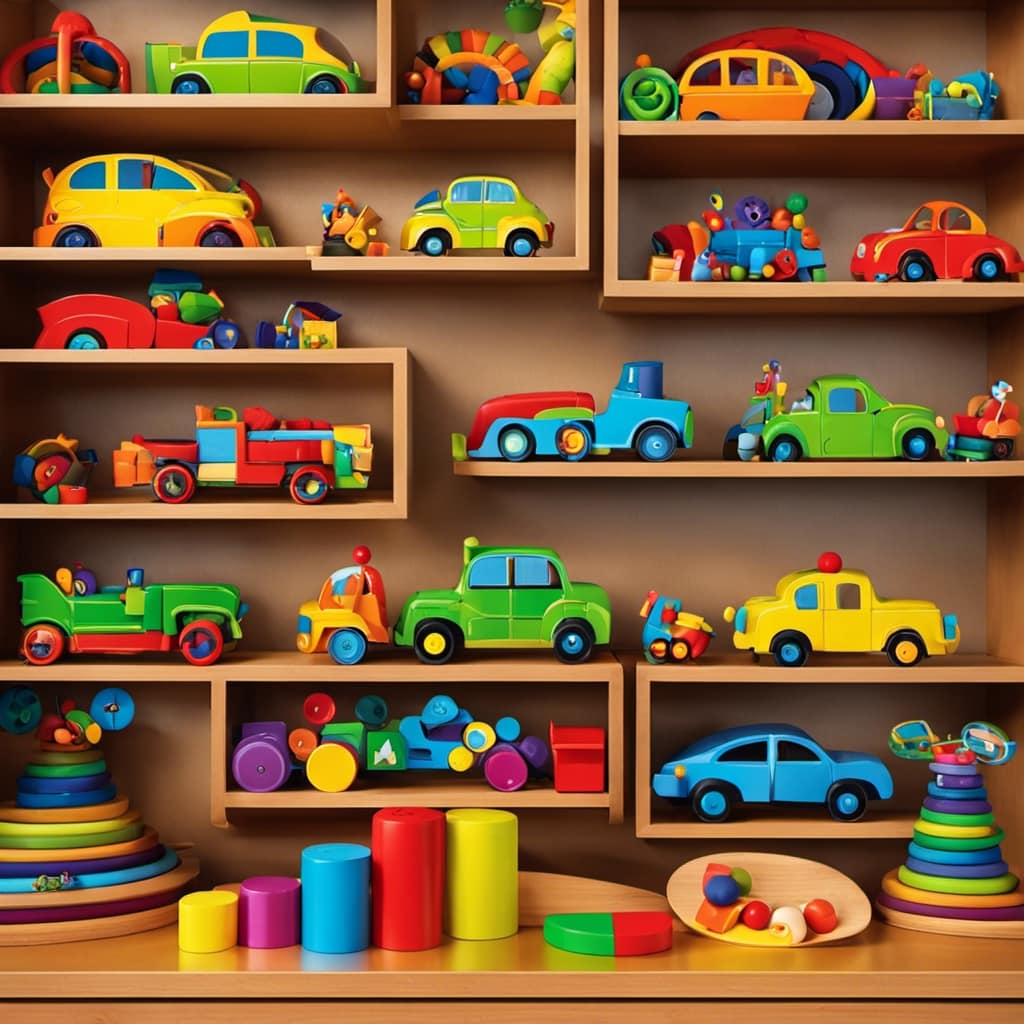
The quality of materials used in the construction of Montessori toys plays a significant role in determining their cost. High-quality materials, such as sustainably sourced wood or natural fabrics, tend to be more expensive, but they also ensure durability and safety for your child. On the other hand, cheaper materials may compromise the toy’s quality and longevity.
Brand reputation also influences Montessori toy prices. Well-established brands with a proven track record of producing high-quality educational toys are likely to charge more for their products. This is because they’ve invested in research and development, ensuring that their toys meet the educational standards of the Montessori method. However, there are also smaller, independent brands that offer affordable options without compromising on quality.
Understanding the impact of material quality and brand reputation on Montessori toy costs can help you make informed decisions when selecting toys for your child. By considering these factors, you can strike a balance between affordability and quality, ensuring that your child receives the best educational experience without breaking the bank.
Top Affordable Montessori Toy Brands
One of our favorite affordable Montessori toy brands is Lovevery. Lovevery offers Montessori inspired toy subscription services that deliver age-appropriate toys right to your doorstep. Their toys are designed to stimulate learning and promote development in children from birth to age four. Lovevery toys are crafted with high-quality materials and are designed to be durable, ensuring they can withstand the active play of young children.
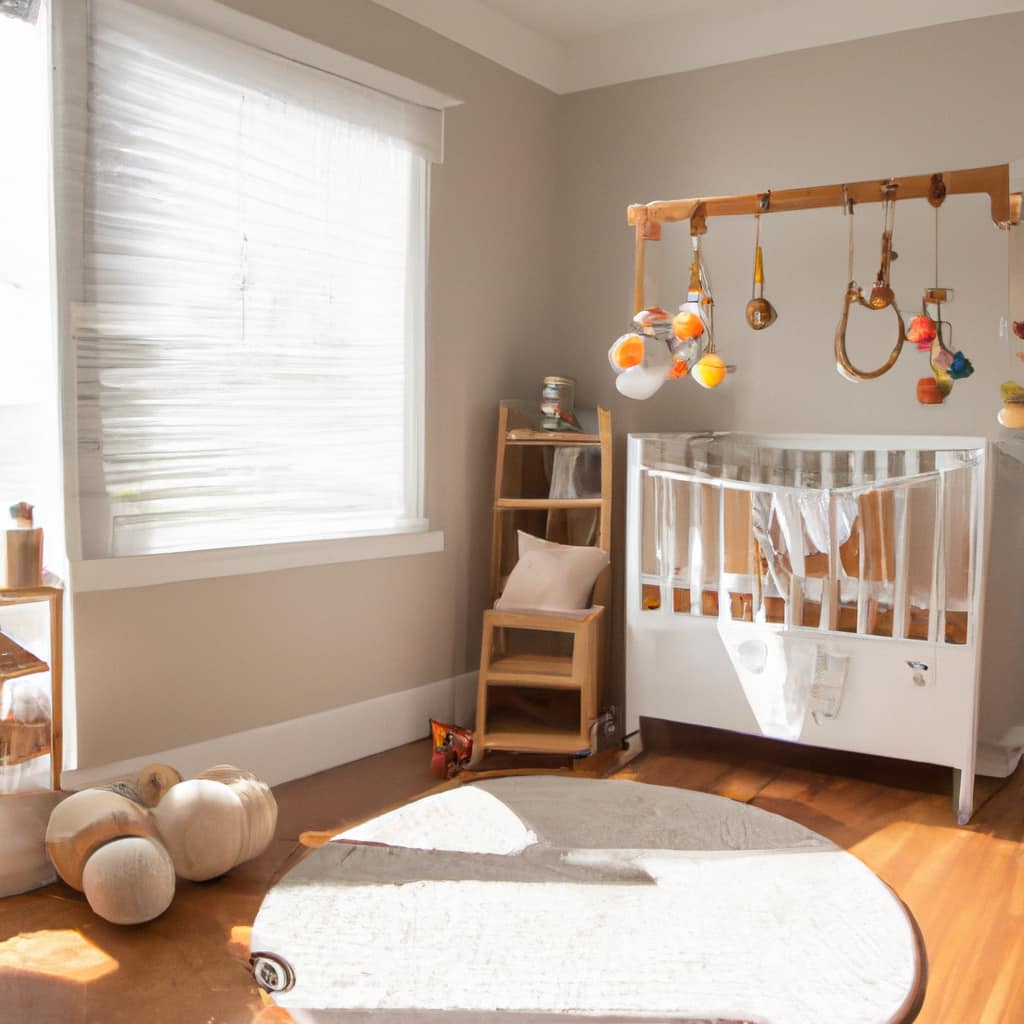
Another great option for affordable Montessori toys is to explore second-hand options. Websites such as eBay, Craigslist, and local buy/sell groups often have listings for gently used Montessori toys at a fraction of the original price. By opting for second-hand Montessori toys, you not only save money but also contribute to a sustainable and eco-friendly approach to toy shopping.
Budget-Friendly Montessori Toy Recommendations
After exploring affordable Montessori toy brands such as Lovevery and considering second-hand options, we can now discuss some budget-friendly recommendations for Montessori toys.
When it comes to affordable Montessori toy alternatives, there are a few options to consider. Firstly, you can opt for open-ended toys that can be used in multiple ways, such as wooden blocks or stacking rings. These toys promote creativity and problem-solving skills while being cost-effective.
Another budget-friendly option is to DIY Montessori-inspired toys using materials you already have at home. Repurposing everyday objects like empty containers or fabric scraps can make for engaging and educational toys.
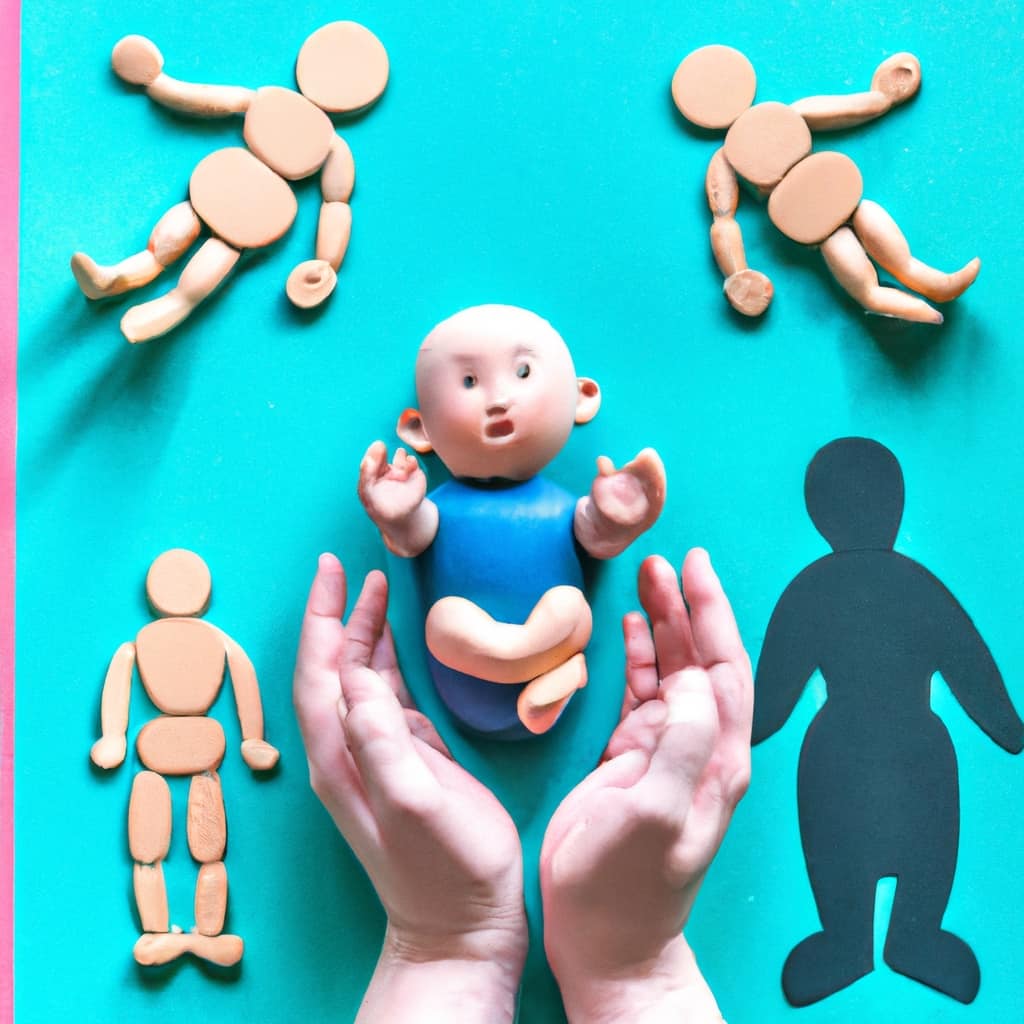
Additionally, some companies offer budget-friendly Montessori toy subscription services, which provide a variety of age-appropriate toys each month at a lower cost than purchasing individual toys. These subscription services allow your child to experience a range of Montessori-inspired activities without breaking the bank.
Tips for Finding Affordable Montessori Toys
To maximize our budget and find affordable Montessori toys, we can utilize effective strategies for sourcing cost-effective options. Here are three tips for finding affordable Montessori toys:
-
Secondhand Montessori toys: Consider purchasing gently used Montessori toys from online marketplaces, local thrift stores, or through local parent groups. Many families sell or donate their gently used toys, allowing you to save money while still providing your child with quality Montessori materials.
-
Sales and discounts on Montessori toys: Keep an eye out for sales and discounts on Montessori toys from various retailers. Sign up for newsletters or follow social media accounts of Montessori toy brands to stay updated on any promotions or special offers. This way, you can snag some great deals and save money on your purchases.
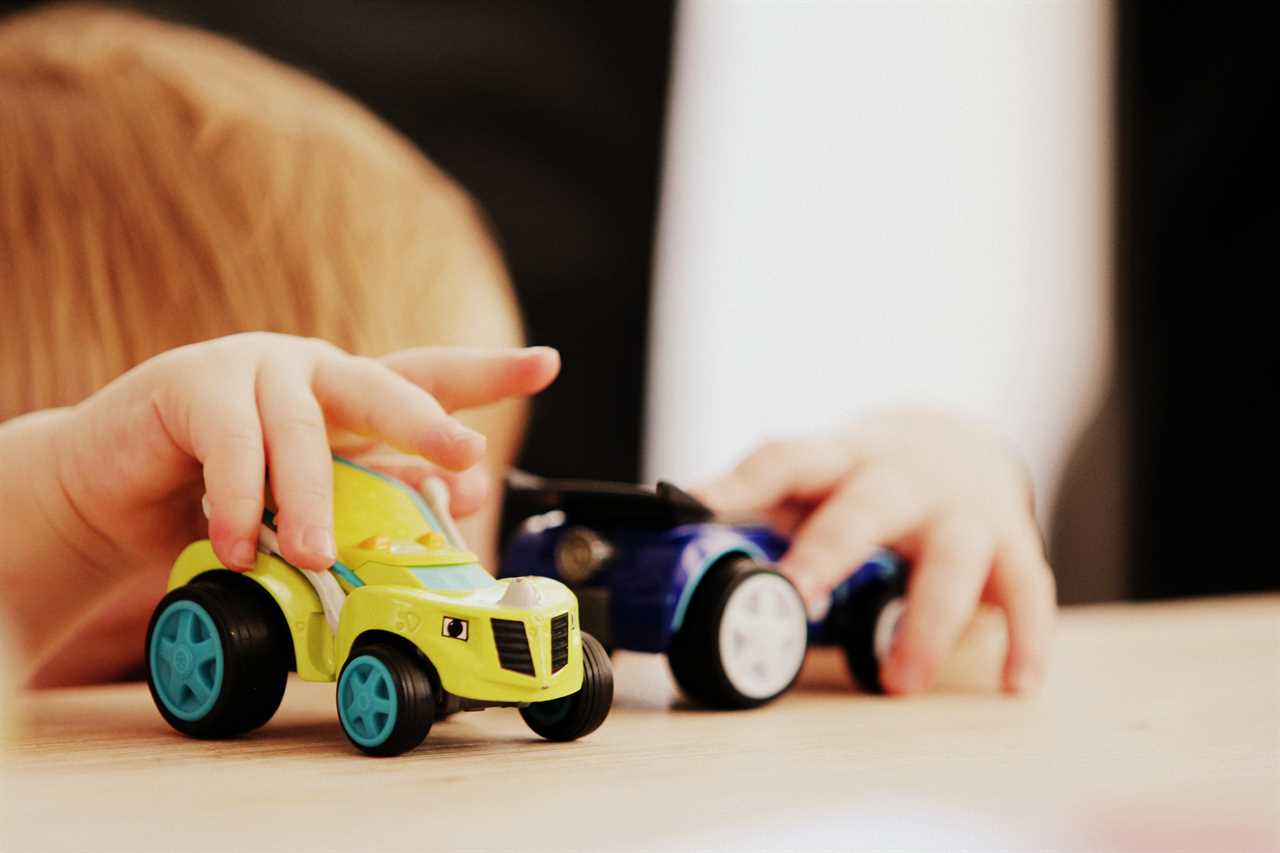
-
DIY Montessori toys: Get creative and make your own Montessori toys using materials you already have at home. There are plenty of DIY Montessori toy ideas available online that are budget-friendly and can be customized to suit your child’s interests and developmental needs.
Cost-Effective DIY Montessori Toy Ideas
Let’s explore some cost-effective DIY Montessori toy ideas that you can easily create at home.
One great option is to upcycle everyday items into Montessori toys. For example, you can turn old cardboard boxes into shape sorters or sensory bins by cutting out different holes and adding various textures.
Another idea is to repurpose empty containers and fill them with different objects, such as dried beans or buttons, for a DIY sound matching game.
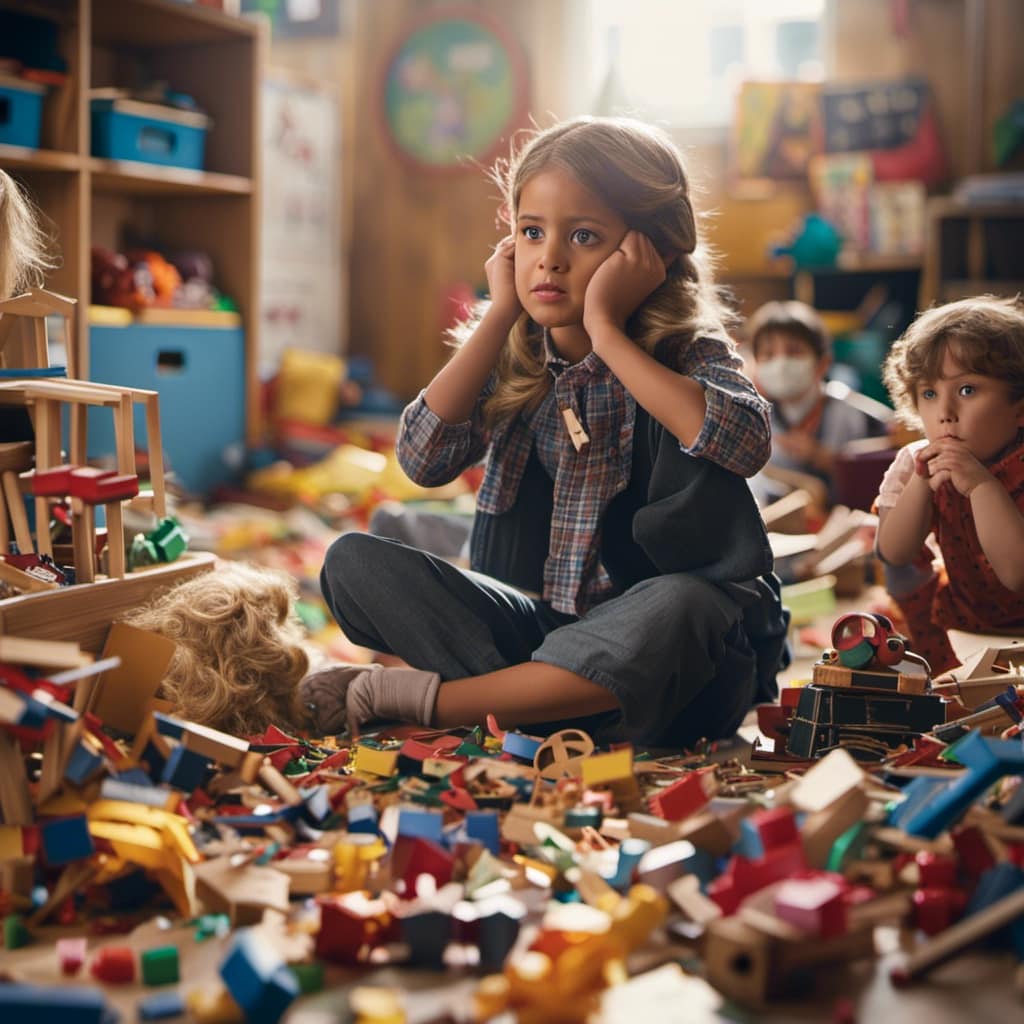
Thrift stores are also a great resource for finding affordable Montessori toys. Look for items like wooden puzzles, stacking toys, or small containers that can be used for sorting activities. With a little creativity and some paint, you can easily transform these thrift store finds into Montessori-inspired toys.
By using upcycled materials and shopping at thrift stores, you can create a variety of Montessori toys without breaking the bank. These DIY projects not only save you money but also promote sustainability and encourage resourcefulness.
Frequently Asked Questions
Are Montessori Toys Only Suitable for Young Children or Can Older Kids Benefit From Them as Well?
Montessori toys are not limited to young children; older kids can also benefit from them. Montessori toys offer unique benefits such as promoting independence and critical thinking, which traditional toys may not provide.
How Long Do Montessori Toys Typically Last Before Needing to Be Replaced?
Montessori toys can last a long time, but their lifespan depends on various factors like quality, materials, and how they are used. It’s important to choose durable toys that can withstand repeated play.
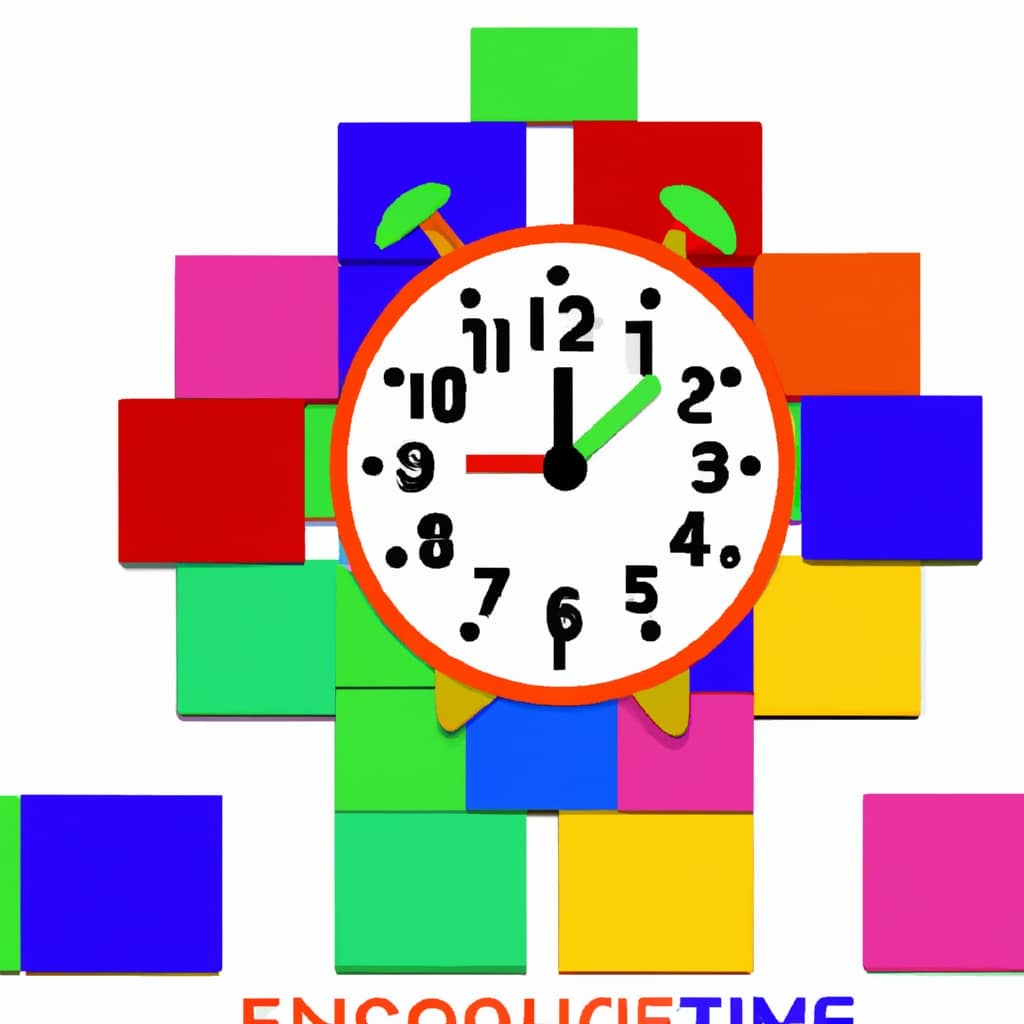
Can Montessori Toys Be Used in a Traditional Classroom Setting or Are They Only for Home Use?
Montessori toys can be used in a traditional classroom setting, not just at home. They offer numerous benefits for older kids, such as fostering independence, promoting problem-solving skills, and encouraging hands-on learning.
Are There Any Safety Concerns to Consider When Using Montessori Toys?
When it comes to Montessori toys, safety concerns are important to consider. However, the benefits for older kids are worth it. Let’s explore how to ensure a safe and enriching play environment.
What Are Some Alternatives to Montessori Toys That Offer Similar Educational Benefits at a Lower Cost?
Looking for budget-friendly alternatives for Montessori toys? Consider DIY Montessori-inspired toys. They offer similar educational benefits at a lower cost. Get creative and engage your little ones in cost-conscious educational play!
Conclusion
In conclusion, finding affordable Montessori toys doesn’t have to be a daunting task. By considering factors that affect costs, exploring budget-friendly brands, and utilizing cost-effective DIY ideas, parents can provide their children with enriching educational toys without breaking the bank.
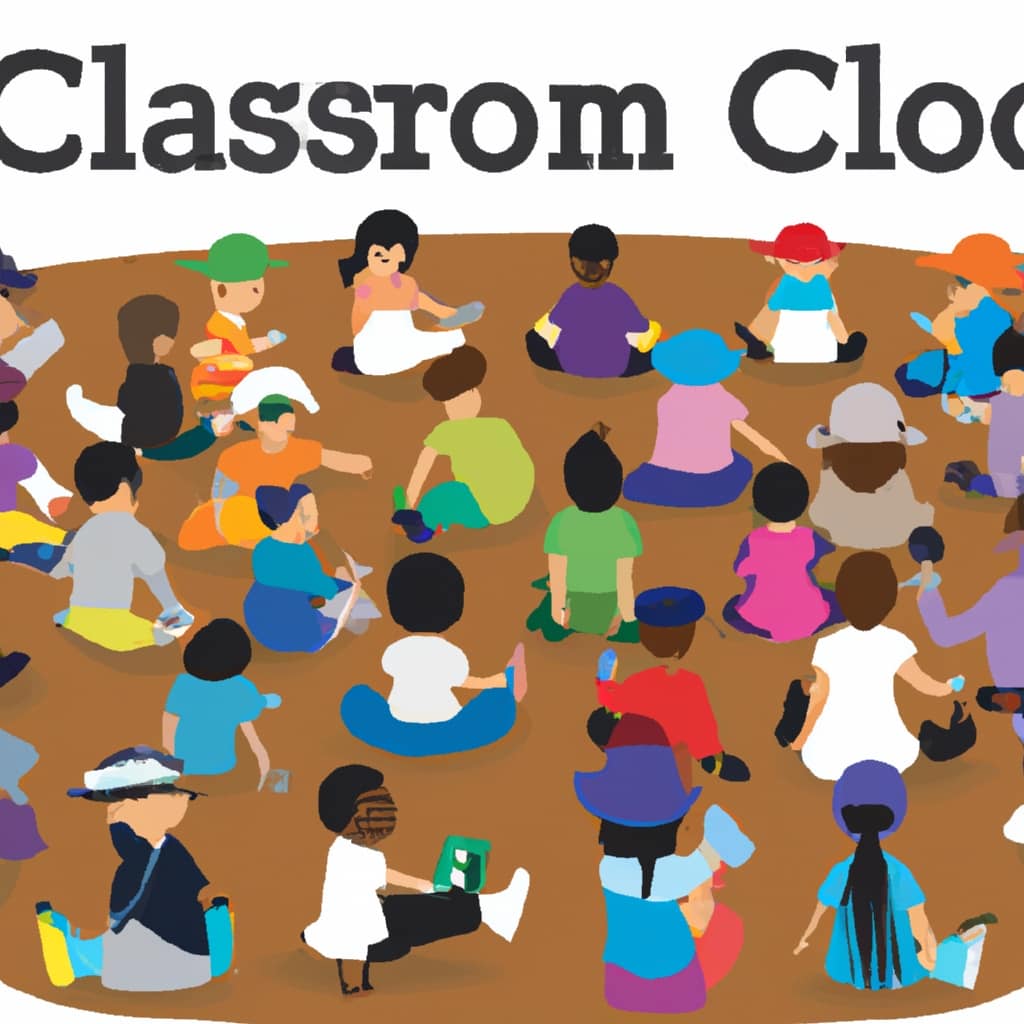
Remember, with a little creativity and resourcefulness, it’s possible to find the perfect Montessori toys that are both economical and engaging. So start your search today and watch your child’s learning journey flourish!
Mila, a gifted writer with a heart brimming with enthusiasm for child development and playful learning, is the creative force behind the enchanting narratives and insightful articles that grace Toddler Ride On Toys. With a background in early childhood education and a genuine passion for nurturing young minds, Mila weaves words that captivate, educate, and inspire parents, caregivers, and educators.
-

 Child Development3 months ago
Child Development3 months agoWhat Is a Theory in Child Development
-

 Child Development3 months ago
Child Development3 months agoThe Science Behind How Parents Affect Child Development
-

 Child Development3 months ago
Child Development3 months agoWhat Do You Do in Child Development Class in High School
-

 Child Development3 months ago
Child Development3 months agoHow Parenting Styles Affect Child Development
-

 Child Development3 months ago
Child Development3 months agoWhat Is Child Development?
-

 Child Development3 months ago
Child Development3 months agoHow Does Piaget’s Theory Impact Child Development
-

 Preschool Toys6 months ago
Preschool Toys6 months agoTop 8 Interactive Role-Play Toys for Preschoolers Reviewed
-

 Child Development3 months ago
Child Development3 months agoHow Does Food Insecurity Affect Child Development











